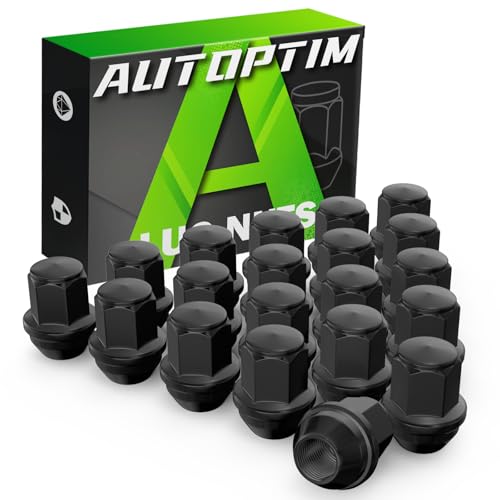My Eddy has vacuum secondaries, and the secondaries hesitate a bit while fuel starts to pull. My understanding is that other carbs have a squirter in the secondaries (like the primaries) to fix this. Does the Summit carb have squirters in the secondaries?
Our Holley 750s are vacuum secondary (VS), and have no secondary accelerator pump (aka "squirters"). I figure they are counting on the secondaries to open gradually enough to not need an extra shot from the accelerator pump. That was only a problem with a 780 CFM Holley VS I once had on a pretty heavily built 351W back in the mid-70s. I ended up installing a 50cc Reo brand accelerator pump, and recurved the accelerator pump actuating cam, to make certain I was getting a shot of fuel from the accelerator pump throughout the entire throttle opening range, not just the first 50% of throttle opening or so. I was able to get rid of the mid-range WOT hesitation.
Some, or maybe all, of the mid-range WOT hesitation could well have caused by me as I had installed a few different springs in the VS Diaphragm housing/chamber to get the secondaries to open a bit sooner and faster than the factory spring provided for - just because it felt like the engine could handle more (it could and it did).
On our 2 current 750 VS carbs (one is a stock 69 Shelby 428CJ, the other is another built 351W in a 73 Mach 1), I have opted to leave the factory VS Diaphragm springs in place, and have not had to upgrade the accelerator pump to the Holley 50 cc unit. When I go WOT on either, I can both hear the roar from the intake (Ram Air, so I can hear a lot of the intake noise), and definitely feel the increased pulling power of the engines as the secondaries are opening. I always need to back off the throttle before the VS blades are completely open, either because I am running out of strip length or roadway, I am catching up to traffic ahead of me too quickly, or I have decided I have no need to see what the top end is for whichever car I am driving in.
For the 428, I do not feel I am over-carbing the engine because it is the manufacture selected CFM rating and oem carb. If anything, it feels like I could move the size up a bit if I was craving more power (I am not craving more power, it is perfectly fine as it is). At about 90 MPH The roar of the carb is no longer increasing, which is indicating the throttle blades are all open completely. I guess I could rig up a small camera above the carb inside the air cleaner housing and watch for the throttle activity, or safer yer, place a small camera outside the carb and see when the secondary throttle blade shaft is done opening (no risk of a small camera accidentally dropping into the intake manifold).
For the 73 Mach 1 with the transplanted Street/Strip 351W, I am certain 750 CFM is over-carbing the engine until it begins to crack into the 6,000+ RPM range. Perhaps someday I will be out driving and find I have no traffic ahead of me for 2 miles or so (and hope there are no state troopers along that stretch head of me) and just open it up to "blow out the carbon." I swapped in an AOD with its 3.5:1 TractionLok gears, and am curious how well the Street/Strip built 351W will fare when pushing through air resistance in triple digit speeds with the AOD in overdrive gear. And I am also curious at what point the secondaries will be fully opened.
I do believe I just talked myself into installing a small camera outside the two carbs to watch the secondary shafts opening up at WOT. And, given the very intentional nature of what I planning to do I also think it is high time I visit our local speedway so I do this "all important research" somewhere other than on the public highways, despite the high level of temptation I am fighting... I have never tracked either car, and have been curious about how they would do on a sanctioned 1/4 mile strip. Prior pony cars I have tracked - something every car buy/gal should do at least once in a lifetime.
Getting the final top end out of them may be a bit dicey as I am not sure how long the track is at our local strip when it runs past the traps. With power disc brakes in great condition on both cars I could probably stand on the throttle a bit past the traps, but at other strips that grave/sand pit at the end comes up awful fast at 140+ MPH (2020Shelby GT500 I did track one day the other year - Ford Track Attak for new Shelby buyers).















































